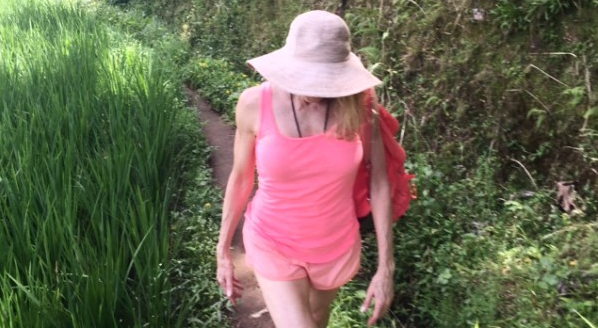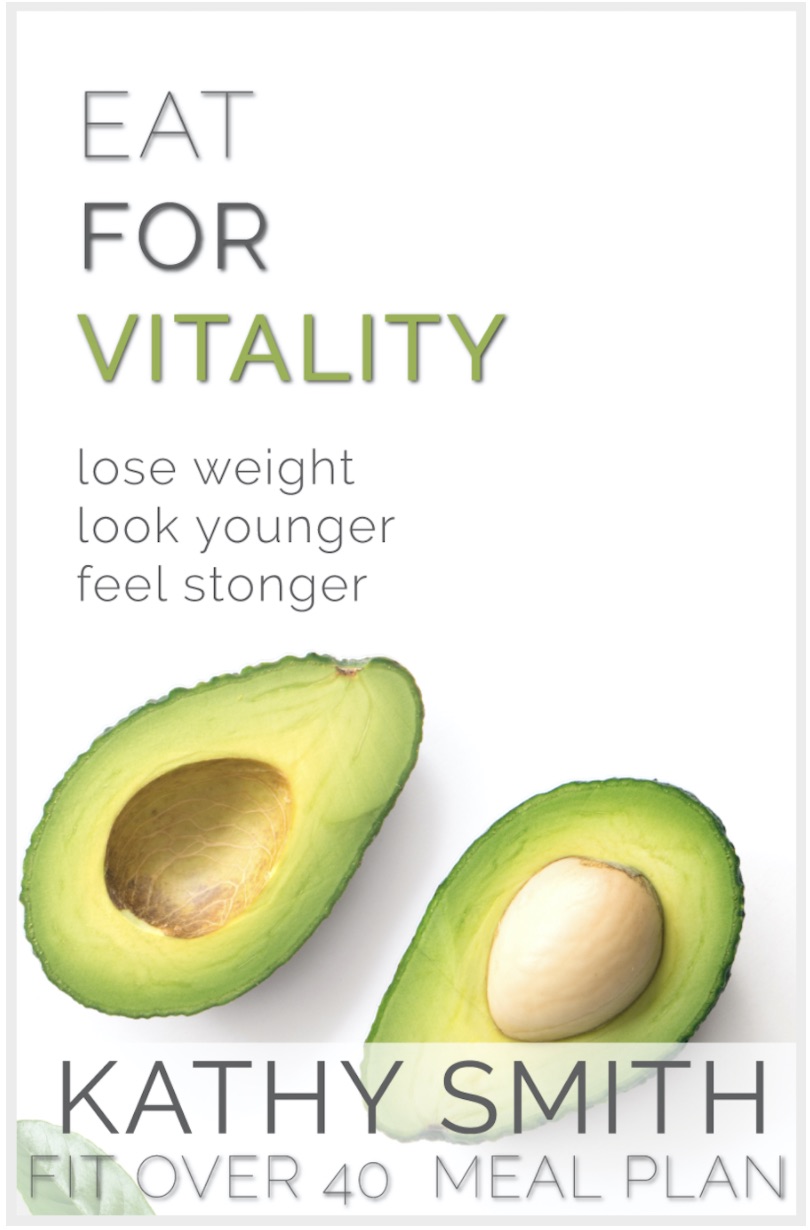Healing From The

GROUND UP
A few years ago, I enjoyed a two-week retreat in Bali…a once-in-a-lifetime experience. Each day, my schedule included a new activity to connect with nature… from acrobatic yoga to exploring the rice fields to mindfully watching the sunset. But before each day began, I took a daily barefoot walk with my toes in the grass.
These no-shoe nature walks are commonly referred to as “grounding” or “earthing.”
Grounding is the process of being in direct contact with the earth, without any barrier of interruption, such as socks, shoes, clothes, etc.
This simple practice has remained part of my daily routine… yes, even in the snow!
Although seemingly simple, grounding can help you open up and move into the lightness of gratitude while radiating possibility… stepping stones to letting a new you emerge.
I relate to the quote by John Muir, “In every walk with nature one receives far more than he seeks.” Because there are moments in life that shake you up, heighten your stress, and shock your system. And when those moments arise, earthing allows you to take a deep breath of fresh air, and connect the dots between your inner self and the world around you.
Multiple studies have shown that people who live in urban areas and have less access to greenery have increased anxiety and depression. And, taking a few minutes to unplug from life’s distractions and go for a nature walk has remarkable health advantages…from decreasing anxiety to lowering cortisol levels to reducing inflammation to improving time spent in REM sleep.
Does science support grounding? Here’s what Growing Boulder said about how grounding impacts you on a molecular level… specifically how your electrons change their charge….
“First of all, grounding is simply the action of the human body being in direct contact with the earth, without any barrier of interruption, such as shoes, clothes, etc. For example, walking barefoot on grass, organic ground or beach sand is its simplest form of practice. But what is the basis of this concept? Let’s run through a quick tutorial: We are all made up of matter, and matter consists of many atoms. Each atom is made of a combination of protons, neutrons and electrons.
So, when equal amounts of protons and electrons are contained within an atom, it is considered to be balanced, or stable, having a net charge of 0. However, through many metabolic processes, an atom will lose its electrons, causing it to be positively charged with a greater number of protons. This is then known as being an unstable atom. These unstable atoms are also known as free radicals. Stay with me!
Free radicals can be completely neutralized by the body via antioxidants. These antioxidants will come alongside the troubled atom and share an electron in order to make that atom balanced, or stable, once again. However, when the body is under high oxidative stress, this means that the free radicals have outnumbered the antioxidants that are trying to help. Prolonged oxidative stress can damage cells, proteins and DNA, which greatly contributes to the process of aging. It also can play a major role in the development of health conditions such as diabetes, cancer and Alzheimer’s.
Unfortunately, free radicals form not only through internal processes but also through environmental exposures to things such as cigarette smoke, radiation, air pollution, cell phones, Wi-Fi and ingested pesticides on foods, just to name a few. So, what can we do to combat all this exposure? The answer is, take your shoes off. A body high in oxidative stress, when the free radicals outnumber the stable atoms, is a body that is positively charged.
Direct contact with the ground can infuse the body with much needed electrons, helping to transform unstable atoms into stable ones, thus affecting the human body for good. Health is waiting for you right under your feet. ”


